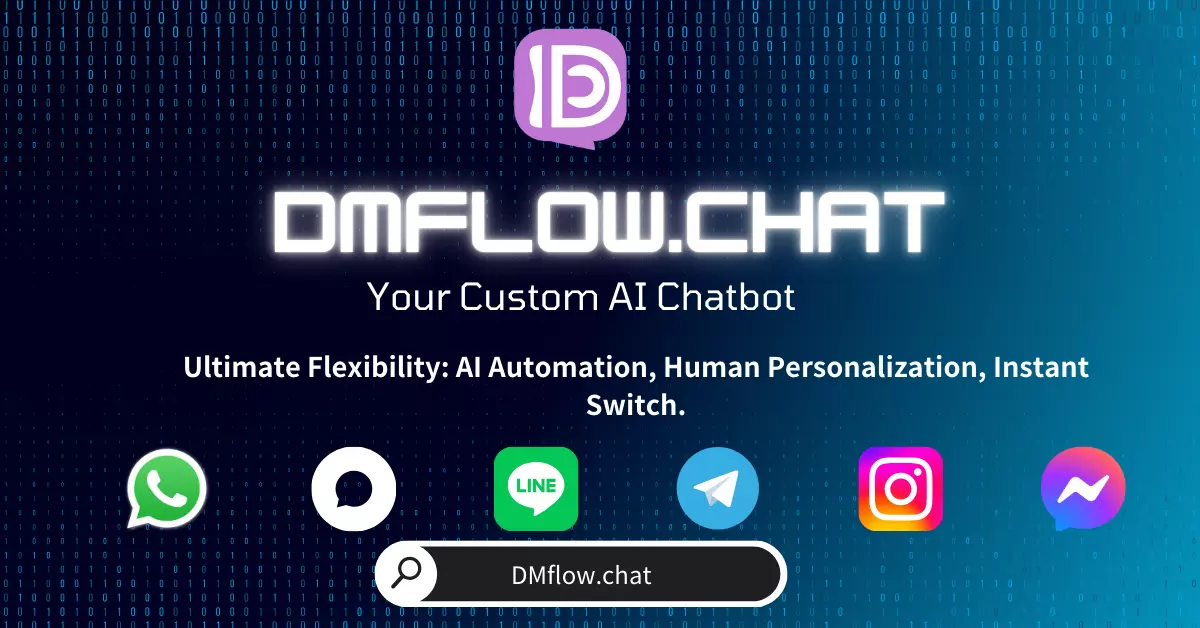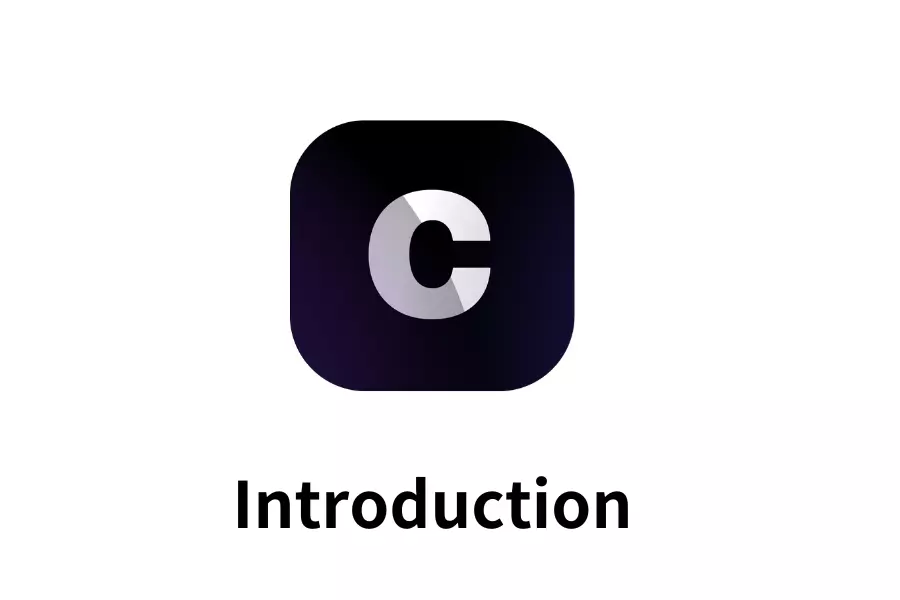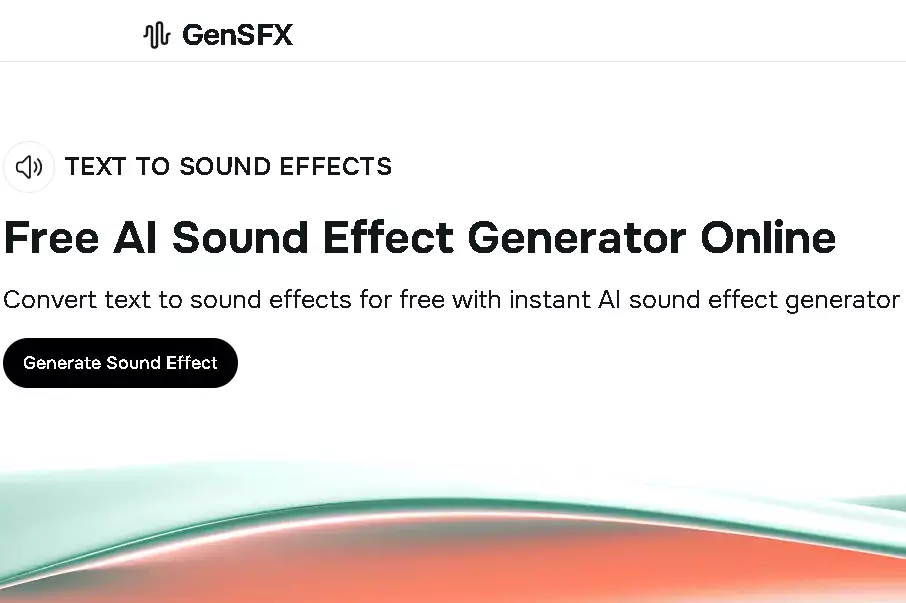Farewell GPT-4! OpenAI Announces Major Update as GPT-4o Takes the Lead
The wave of artificial intelligence keeps surging! OpenAI has dropped a bombshell: GPT-4 will officially retire from ChatGPT on April 30, 2025, making way for the more powerful GPT-4o. What does this mean? How does it affect us as users? And where is AI headed next? Let’s dive into this monumental generational shift in AI.
There’s been some big news in the tech world recently—did you catch it? OpenAI has officially announced that its renowned GPT-4 model will gracefully retire from the ChatGPT platform on April 30, 2025.
Yes, you heard that right. The model that once amazed us and ushered in a new era for large language models will be fully replaced by its upgraded successor—GPT-4o.
The announcement sent shockwaves through the developer community and AI enthusiasts alike. After all, GPT-4 wasn’t just any model. Its retirement marks more than a simple update—it’s a historic milestone in AI evolution and the beginning of a new era.
A Look Back: How GPT-4 Sparked a Global AI Craze
When GPT-4 made its debut on March 14, 2023, the excitement was nothing short of a grand celebration. With its powerful understanding and generation capabilities, it felt like AI had opened a brand-new door.
Remember the first time you used it to write a report, code, or even just chat casually? It wasn’t just about handling text—it could understand images, too. This kind of multimodal ability marked a major leap toward human-level understanding.
Calling GPT-4 the “spark” of the global AI boom is no exaggeration. It not only made ChatGPT a global sensation but also disrupted industries like education, programming, and content creation, encouraging widespread exploration of generative AI. In just two short years, GPT-4 transformed how we work and think. Many in the community still reflect on the changes it brought—truly a revolutionary product.
Why the Change? The Case for GPT-4o’s Full Takeover
So why retire such a pivotal model? OpenAI’s answer is simple: GPT-4o is better.
GPT-4o is now the default and most advanced model from OpenAI. In head-to-head comparisons, it clearly outperforms GPT-4 in several key areas:
- Writing: From copywriting to reports to creative storytelling, GPT-4o raises the bar.
- Coding: Better at generating and debugging code.
- STEM: Superior in scientific, technical, engineering, and mathematical tasks.
- Following instructions: More accurately understands and executes your prompts.
- Problem-solving: Tackles complex problems with higher efficiency.
- Conversational flow: Chats more naturally, like a real human.
OpenAI believes these improvements make GPT-4o the natural successor to GPT-4. Providing a more unified and high-quality user experience seems to be the core reason behind the transition.
Wait—can I still use GPT-4?
That’s a question on many people’s minds. The good news: GPT-4’s retirement only affects the ChatGPT platform. If you’re a developer using the model via OpenAI’s API, you can still access GPT-4. This shows OpenAI’s strategy—while the consumer-facing product uses the latest and greatest, developers are still given some flexibility.
AI Is Moving Fast, and It’s Not Slowing Down
Honestly, while GPT-4’s retirement may feel a little sentimental, it’s not surprising in the broader context of AI development.
You might remember how models like DeepSeek R1 made headlines recently, forcing everyone to reconsider the trade-off between model efficiency and capability. GPT-4o stepping in now only highlights how quickly things are evolving in this space.
From Google’s Gemini to Anthropic’s Claude, and now GPT-4o—it feels like there’s a new, more powerful model emerging every few months. This breakneck pace is pushing tech forward, but also making users feel like time is being “compressed.” Hard to keep up!
What’s Next: GPT-5 and the Future of AI
GPT-4’s farewell isn’t the end. In fact, it’s just the beginning of a bolder roadmap for OpenAI.
According to several sources, OpenAI is planning to release a series of new models soon, including:
- GPT-4.1 series (potentially with mini and nano versions)
- o3 reasoning model
- o4-mini
These upcoming models are expected to bring even more breakthroughs in reasoning and multimodal capabilities.
Even more exciting: OpenAI CEO Sam Altman has teased that GPT-5 might launch within the next few months! Rumor has it that GPT-5 will integrate features like voice, canvas, search, and deep research—moving closer toward true general intelligence. Sounds amazing, right?
GPT-4’s farewell is a natural part of progress—and it’s setting a new benchmark for the whole industry. As models continue to improve, we can expect even greater personalization, efficiency, and creativity from AI.
In short, GPT-4’s retirement marks the end of an era. In just two years, it changed the world and paved the way for a smarter future. We salute this legendary model while eagerly welcoming GPT-4o and the next wave of powerful AI tools that will continue expanding the frontier of what’s possible.
Some FAQs You Might Want Answered:
- Q1: When will GPT-4 be discontinued on ChatGPT?
- A: OpenAI has officially announced that GPT-4 will be removed from the ChatGPT platform starting April 30, 2025.
- Q2: Why is OpenAI replacing GPT-4 with GPT-4o?
- A: Because GPT-4o outperforms GPT-4 in writing, coding, STEM tasks, instruction-following, problem-solving, and conversational flow. OpenAI wants to offer users a stronger, more consistent experience.
- Q3: Can I still use GPT-4 via API after it’s removed from ChatGPT?
- A: Yes. This deprecation only affects the ChatGPT platform. Developers can still access GPT-4 via OpenAI’s API.
- Q4: What’s better about GPT-4o compared to GPT-4?
- A: GPT-4o shows significant improvements in understanding complex instructions, solving problems more efficiently, and engaging in more natural conversations. It’s faster and more capable overall.
- Q5: What new plans does OpenAI have after GPT-4’s retirement?
- A: OpenAI is preparing a new wave of models, including the GPT-4.1 series, o3 reasoning model, and o4-mini. GPT-5 is also expected in the coming months, possibly integrating voice, canvas, search, and deep research.




